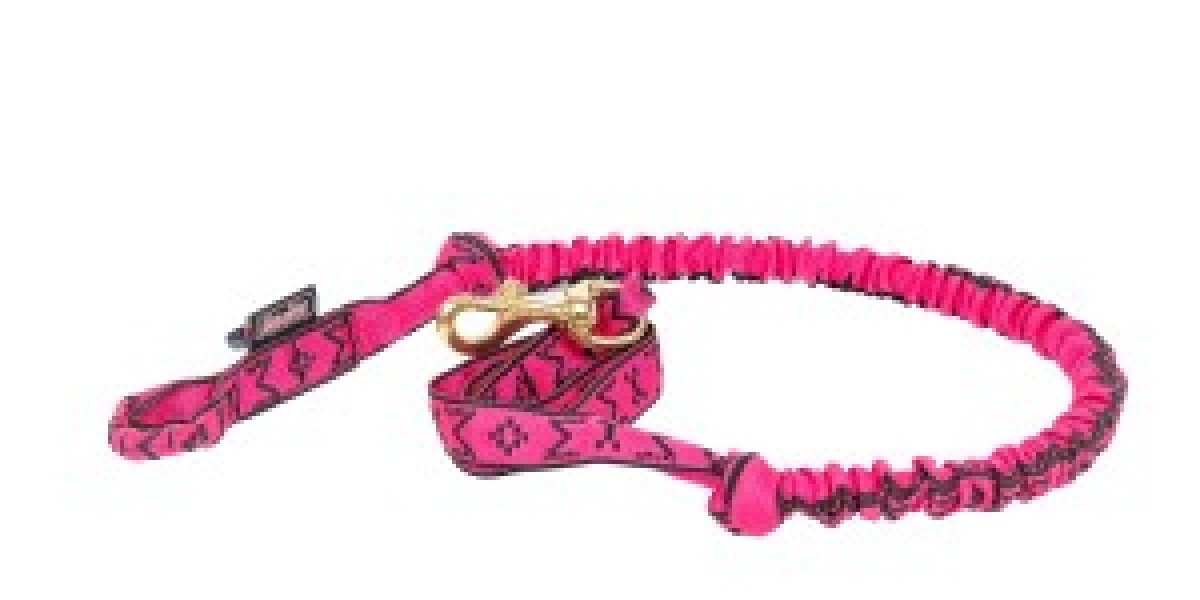Bikejoring is an exciting and growing sport that combines cycling and dog mushing, allowing both you and your dog to enjoy an adventurous outdoor activity together. Originating from the dog sledding world, bikejoring involves a cyclist being towed by one or more dogs while riding a bike. As with any sport, having the right equipment is crucial to ensure safety, comfort, and maximum enjoyment for both you and your canine partner. In this guide, we will explore everything you need to know about bikejoring accessories, including the essential gear and the best choices for your adventures. We will also cover one of the most critical pieces of equipment: dog leash bicycle adapters.
1. What is Bikejoring?
Before diving into the accessories, let’s take a moment to understand what bikejoring is all about. Bikejoring is a form of dog-powered biking where one or more dogs are attached to a specially designed harness connected to a bike. The cyclist rides the bike while the dogs pull ahead, providing both exercise and a fun bonding experience. This sport is similar to canicross, which involves running with a dog, but bikejoring allows for faster speeds and a thrilling adventure.
Bikejoring is suitable for medium to large, active dog breeds like Siberian Huskies, Alaskan Malamutes, German Shepherds, and Border Collies. However, any healthy dog with a high energy level can enjoy bikejoring, provided the right training and gear are in place.
2. Essential Bikejoring Accessories
To ensure a safe and enjoyable bikejoring experience, you'll need a variety of accessories designed specifically for the sport. Here are the essential bikejoring accessories that every participant should consider:
2.1. Dog Harness
A well-fitting dog harness is the most critical piece of gear for bikejoring. Unlike a collar, a harness distributes the pulling force across your dog's chest and shoulders, preventing neck injuries and ensuring comfort. Look for a harness that is specifically designed for bikejoring, sledding, or other pulling sports. These harnesses often feature padding, adjustable straps, and a secure fit to allow your dog to move naturally while pulling.
Popular choices include the X-back harness, which is a classic design used in many dog sledding activities, and the H-back harness, which provides additional support for larger or more powerful dogs. Be sure to measure your dog accurately and choose a harness that fits snugly without restricting movement.
2.2. Bikejoring Line
The bikejoring line is the connection between you and your dog. This specialized line is usually made from durable, elastic material that helps absorb shocks and prevents sudden jerks when your dog starts or stops running. Look for a bikejoring line that is at least 6 to 10 feet long to provide enough distance between the bike and your dog, ensuring safety and maneuverability.
Many bikejoring lines also feature a built-in bungee section to reduce strain on both you and your dog. Make sure the line is strong enough to handle the force of your dog's pull and has secure, reinforced attachments to prevent breakage.
2.3. Dog Leash Bicycle Adapters
One of the most crucial accessories for bikejoring is the dog leash bicycle adapter. This device connects the bikejoring line to your bicycle and prevents the leash from getting tangled in the bike's wheels or pedals. A good bikejoring adapter will keep the line at a safe distance from the bike, reducing the risk of accidents and providing a smoother ride.
There are several types of dog leash bicycle adapters, including bar-mounted and frame-mounted adapters. Bar-mounted adapters attach to the handlebars or the front of the bike, while frame-mounted adapters are secured to the bike's frame, often closer to the seat post. Each type has its pros and cons, so consider your bike's design and your comfort preferences when choosing an adapter.
2.4. Bikejoring Belt
A bikejoring belt is a padded waist belt worn by the cyclist to provide a comfortable and secure point of attachment for the bikejoring line. The belt allows you to use your body weight to help steer and control the bike, reducing strain on your arms and shoulders. Look for a belt with adjustable straps, padding, and quick-release buckles for added safety and convenience.
2.5. Safety Gear
Safety should always be a priority when engaging in bikejoring. Wearing the right protective gear can make a big difference in case of a fall or accident. Consider investing in a quality helmet, knee pads, elbow pads, and gloves to protect yourself while riding. Reflective gear or a high-visibility vest can also help you stay visible to other road users, especially if you’re bikejoring in low-light conditions.
2.6. Dog Booties
Dog booties are another important accessory, especially if you are bikejoring on rough terrain or hot asphalt. These protective boots shield your dog's paws from cuts, abrasions, and burns. Look for booties made from durable, breathable materials with a non-slip sole to provide traction and comfort.
3. Choosing the Right Dog Leash Bicycle Adapter
Selecting the right dog leash bicycle adapter is essential for a safe and enjoyable bikejoring experience. Here are some factors to consider when choosing an adapter:
3.1. Compatibility with Your Bike
Not all bicycle adapters are compatible with every type of bike. Check the manufacturer's specifications to ensure the adapter is suitable for your bike's frame or handlebars. Some adapters are designed specifically for mountain bikes, while others are more versatile and can be used on a variety of bike types.
3.2. Ease of Installation
Look for a bikejoring adapter that is easy to install and remove. Many adapters come with quick-release mechanisms or simple mounting hardware that does not require special tools. This feature is particularly useful if you plan to switch between bikejoring and regular cycling.
3.3. Durability and Safety
The adapter should be made from high-quality, durable materials that can withstand the pulling force of your dog. Check for features like reinforced joints, sturdy construction, and a secure attachment mechanism. Safety is paramount, so invest in an adapter that has been tested and approved for bikejoring.
3.4. Flexibility and Movement
A good dog leash bicycle adapter will allow for some flexibility and movement, ensuring your dog can run naturally without being restricted. Look for an adapter that includes a pivoting or spring-loaded mechanism to provide a smoother ride and reduce the impact of sudden pulls or changes in direction.
4. Training Tips for Bikejoring
Bikejoring requires training for both you and your dog to ensure a safe and enjoyable experience. Here are some tips to get started:
4.1. Start with Basic Commands
Before you begin bikejoring, make sure your dog is familiar with basic obedience commands like "sit," "stay," "come," and "heel." You should also teach specific bikejoring commands such as "go," "stop," "left," "right," and "slow." Consistent training and positive reinforcement will help your dog understand what is expected and keep them safe during rides.
4.2. Introduce the Gear Gradually
Allow your dog to get accustomed to the bikejoring gear, including the harness, line, and adapter. Start by walking your dog while wearing the harness, and then gradually introduce the bike and other equipment. This process will help reduce anxiety and build confidence for both you and your dog.
4.3. Practice in a Controlled Environment
Begin your bikejoring training in a controlled environment, such as a quiet park or a designated bikejoring trail. Start with short, easy rides to help your dog understand the new activity and build endurance. Gradually increase the distance and difficulty as your dog becomes more comfortable and confident.
4.4. Keep Safety in Mind
Always prioritize safety during training sessions. Make sure your dog is healthy and fit for the activity, and avoid bikejoring in extreme temperatures or on dangerous terrain. Regularly check your gear for signs of wear or damage, and replace any worn or broken equipment to prevent accidents.
5. Maintaining Your Bikejoring Equipment
Proper maintenance of your bikejoring accessories is essential to ensure their longevity and reliability. Here are some tips for maintaining your gear:
5.1. Regular Inspections
Inspect your equipment regularly for signs of wear and tear, such as frayed lines, broken buckles, or rusted components. Address any issues immediately to prevent accidents or injuries.
5.2. Clean After Each Use
Clean your bikejoring gear after each use, especially if you've been riding in muddy or wet conditions. Remove dirt and debris from the harness, line, and adapter, and let them dry thoroughly before storing.
5.3. Store Properly
Store your bikejoring accessories in a cool, dry place away from direct sunlight or extreme temperatures. Proper storage will help prevent damage and extend the life of your equipment.
6. Conclusion
Bikejoring is a fantastic way to bond with your dog while enjoying the great outdoors. Having the right bikejoring accessories, such as a dog harness, bikejoring line, and dog leash bicycle adapter, is crucial for a safe and enjoyable experience. By choosing high-quality gear, training effectively, and maintaining your equipment, you can embark on countless adventures with your canine companion. Remember, safety and comfort are key to making the most of your bikejoring journey. So gear up, train well, and hit the trails with your furry friend for a ride you'll both love!








